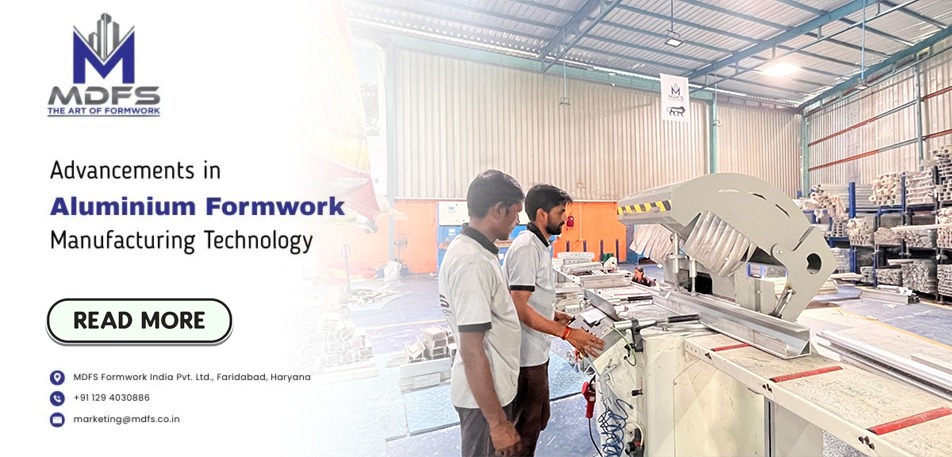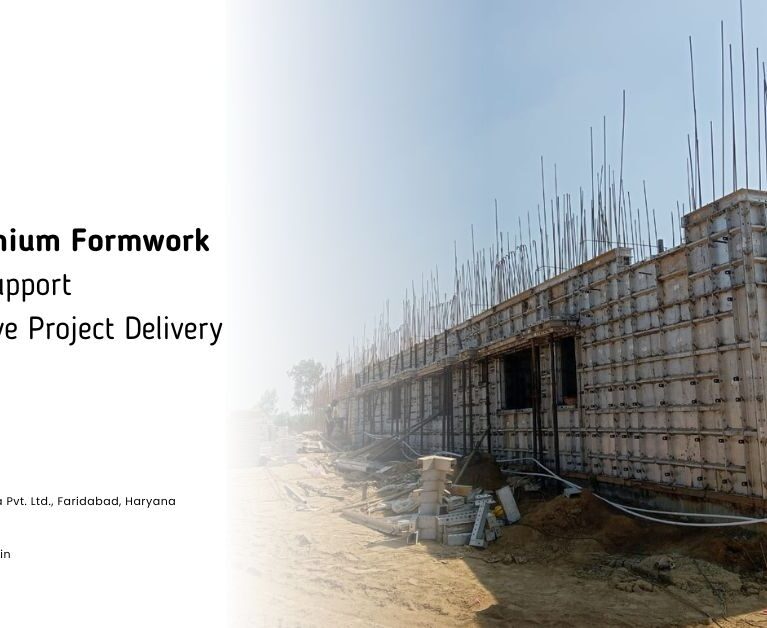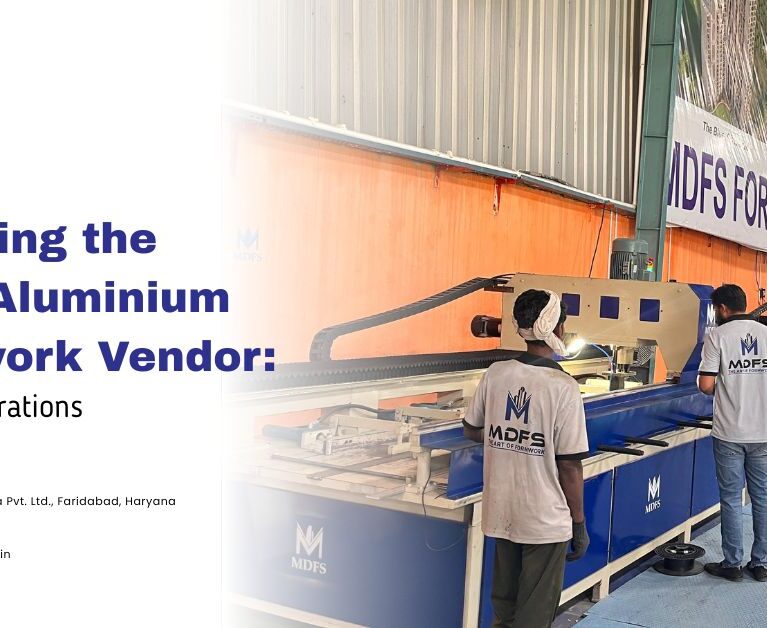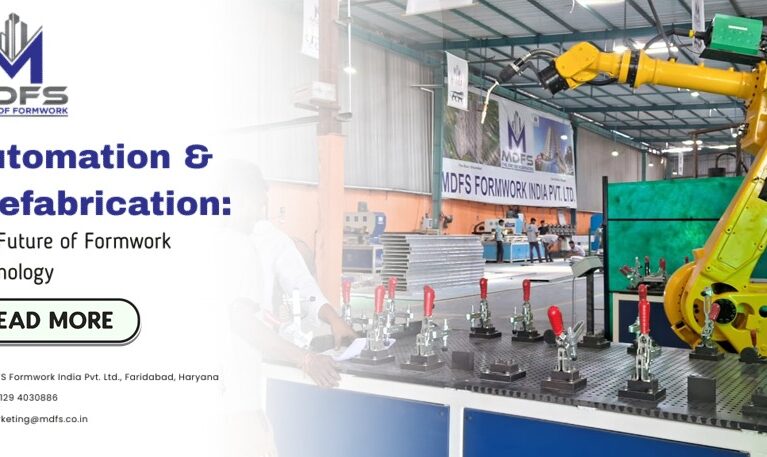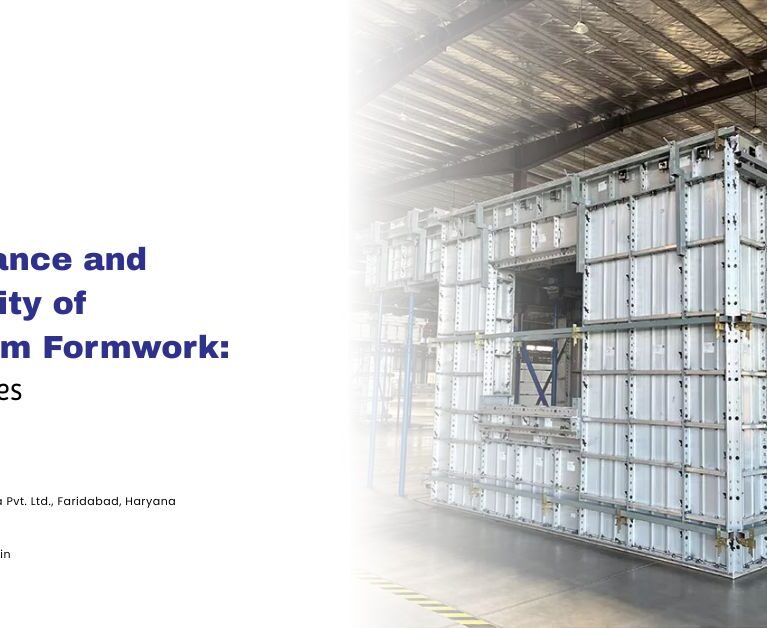The construction industry has witnessed rapid transformation in recent years, driven by the need for faster project timelines, higher quality structures, and sustainable building methods. Among these innovations, aluminium formwork systems have emerged as a revolutionary solution, replacing traditional methods such as timber or steel formwork. With continuous improvements in manufacturing technology, aluminium formwork has become more precise, durable, and cost-effective. For builders and developers, working with experienced aluminium formwork providers ensures that projects benefit from these advancements in both efficiency and quality.
Why Aluminium Formwork is a Game-Changer
Formwork plays a critical role in construction, shaping and supporting concrete until it hardens. Traditionally, timber was used, but it posed challenges of limited reusability, inconsistency, and high labor dependency. Aluminium formwork, by contrast, offers several advantages:
- Lightweight yet durable material for easy handling on-site.
- High reusability—aluminium panels can be reused up to 200–300 times.
- Precise and uniform finishes, reducing plastering needs.
- Eco-friendly as it minimizes wood usage and material wastage.
These benefits make aluminium formwork particularly suitable for high-rise residential projects, mass housing developments, and commercial structures, where speed and scalability are key.
Key Advancements in Aluminium Formwork Manufacturing Technology
Over the last decade, aluminium formwork manufacturing has undergone significant technological upgrades. These advancements have enhanced the quality, usability, and cost-effectiveness of systems offered by leading aluminium formwork providers.
1. Computer-Aided Design (CAD) and 3D Modeling
One of the most impactful improvements is the integration of CAD and BIM (Building Information Modeling) tools in design and manufacturing. Instead of generic formwork sets, manufacturers now create project-specific formwork designs tailored to the exact dimensions and requirements of a building.
- Benefits:
- Reduces on-site modifications.
- Ensures precise alignment of walls, beams, and slabs.
- Enhances accuracy and minimizes wastage.
This digital approach allows aluminium formwork providers to deliver systems that seamlessly integrate with modern construction workflows.
2. CNC Machining and Automated Fabrication
Automation in manufacturing has improved the accuracy and consistency of aluminium panels. CNC (Computer Numerical Control) machining ensures that every panel, pin, and wedge is produced with millimeter-level precision.
- Impact on quality:
- Tighter joints with minimal gaps, leading to smoother concrete surfaces.
- Increased durability of panels through uniform cutting and finishing.
- Reduced dependency on manual intervention, lowering chances of errors.
3. High-Strength Aluminium Alloys
Earlier generations of aluminium formwork used standard alloys, which sometimes had limitations in load-bearing capacity. Today, high-strength aluminium alloys with enhanced tensile properties are being used.
- Advantages:
- Improved load-carrying capacity for high-rise projects.
- Resistance to corrosion, ensuring longer service life.
- Reduced wear and tear even after hundreds of reuses.
This has made aluminium formwork a reliable choice for mega infrastructure projects as well as rapid housing developments.
4. Surface Treatments and Coatings
Another area of advancement is anodizing and protective coatings applied to aluminium panels. These surface treatments:
- Prevent concrete from sticking to panels.
- Enhance resistance to scratches and abrasion.
- Increase lifespan and reduce maintenance efforts.
For contractors, this translates into faster turnaround times, as panels can be cleaned and reused with minimal preparation.
5. Modular and Flexible Designs
Modern aluminium formwork systems are not only durable but also modular and adaptable. Panels can be easily assembled, dismantled, and reused across different projects. Leading aluminium formwork providers now offer custom modular kits that:
- Support varied building layouts.
- Allow easy integration of mechanical, electrical, and plumbing (MEP) systems.
- Minimize downtime between projects.
This flexibility makes aluminium formwork highly cost-effective for developers handling multiple projects simultaneously.
6. Sustainability and Green Building Compatibility
With sustainability becoming a key focus, aluminium formwork technology aligns well with green building standards. Modern manufacturing emphasizes:
- Reduced material wastage during fabrication.
- Recyclability of aluminium after its service life.
- Support for construction methods that reduce environmental impact.
Builders aiming for LEED or GRIHA certifications increasingly prefer aluminium formwork due to its eco-friendly credentials.
How Aluminium Formwork Providers Add Value
The advancements in manufacturing technology are best realized when working with experienced aluminium formwork providers. Their role goes beyond simply supplying panels. Leading providers offer:
- Project Consultation – Assessing project requirements and designing customized formwork solutions.
- On-Site Training – Ensuring construction teams are trained in safe assembly and efficient usage.
- After-Sales Support – Providing maintenance, repair, and replacement services.
- Inventory Management – Helping developers reuse and manage formwork systems across projects.
By partnering with skilled providers, construction firms can significantly reduce project timelines, ensure structural accuracy, and achieve cost efficiencies.
The Road Ahead
The future of aluminium formwork manufacturing is poised for even greater innovation. Upcoming trends include:
- AI-driven design optimization for faster project-specific solutions.
- Robotics in assembly lines to enhance speed and precision.
- IoT-enabled formwork tracking systems for better inventory control.
- Integration with prefabrication and modular construction methods, further reducing timelines.
As these technologies mature, aluminium formwork will continue to set new benchmarks in construction efficiency and sustainability.
Conclusion
Aluminium formwork has transformed the way modern buildings are constructed, offering unmatched speed, precision, and durability. With continuous advancements in manufacturing technologies—from CAD design and CNC machining to surface treatments and modular innovations—the system has become more efficient and sustainable than ever.
For builders and developers, collaborating with leading aluminium formwork providers ensures not just access to cutting-edge technology but also expert guidance in deploying it effectively. As the construction industry moves towards faster, greener, and more cost-effective methods, aluminium formwork stands out as a cornerstone of progress.


